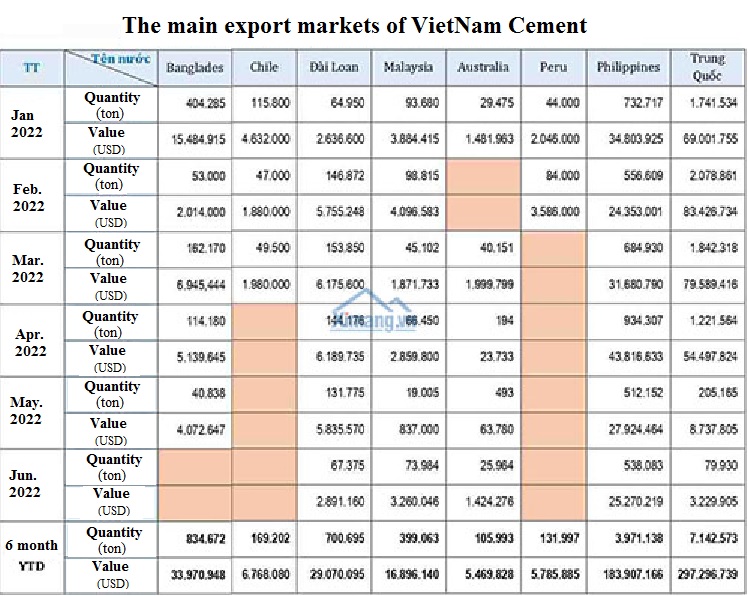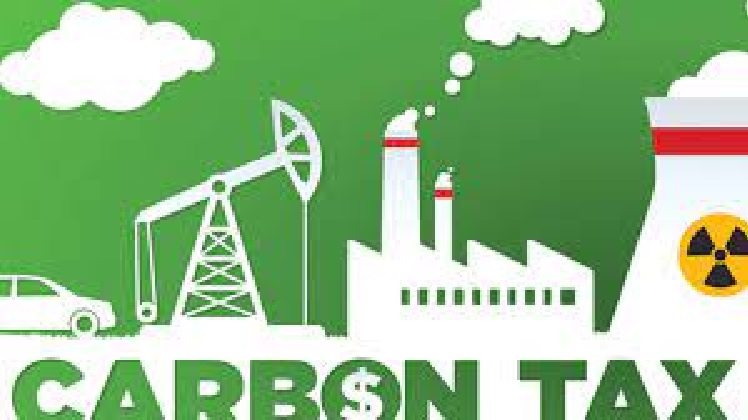Oil prices fluctuate wildly
At the end of February, the Russian-Ukrainain war broke out. Since then, the war continues to seriously affect the global economy. The war has caused major problems such as energy crisis, food crisis, global trade and logistics crisis. The war also caused a wave of global inflation in major economic centers around the world. Russia is the world's second largest oil producer and mainly sells crude oil to European refiners.
After increasing by more than 50% in 2021, although it is expected to continue to go up in 2022, the world's oil price still makes investors go from one surprise to another when continuously establishing new "peak".
By June 2022, oil prices began to have significant downward corrections, but not really stable, still making investors worried.
Coal prices hit a record
By the end of 2021, the coal consumption demand of the world economy increased gradually; Especially from March 2022, the tension between Russia and Ukraine broke out, leading to insufficient coal supply to meet demand. Coal prices have continuously increased to record height and up to now, the world price has increased by 2.5 - 3 times since the beginning of 2022.
Philippines imposes anti-dumping tax on cement imported from VietNam
The Department of Trade Remedies (Ministry of Industry and Trade) stated that on March 11, the Philippine Tariff Commission announced the next implementation plan in the case of considering extending safeguard measures for type 1 and 1P cement products imported from some countries, including VietNam.
Previously, after the investigation process, the Philippine Department of Trade and Industry (DTI) concluded that the amount of cement imports had increased dramatically, causing serious damage to the domestic manufacturing industry during the period of investigation.
In order to protect the domestic industry as well as promote the domestic industry, from 2019, the Department of Commerce and Industry of the Philippines decided to apply a temporary safeguard tax of 8.40 Php/40kg bag, equivalent to about 4 USD/ton for Vietnamese cement exported to this market.

The largest export market of Vietnam's cement industry is China, which has faced difficulties in the first 6 months of 2022. China is gradually tightening the real estate market with a policy of "three red lines" that limits its ability to get loans or loans' renewal of real estate developers. Therefore, the demand for cement imports from the Chinese market has been decreasing.
Cement exported to the Philippines market is subject to the host country's safeguard tax. Philippines (applying an import tax of about 5% of the selling price), Bangladesh (applying an additional 8% of VAT from 15% to 23%). This may create a tendency to impose tariffs in many other export markets of Vietnam such as China and Africa.
China adjusts cement production and inport target
The production of cement uses a lot of coal, emits carbon and emits a lot of dust, which has a negative impact on the environment. Meanwhile, China is aiming to cut carbon in its five-year plan. At the same time, the first quarter of 2022 is the time when the 2022 Winter Olympics in Beijing will take place, which might force to reduce the production output of cement plants further.
China continues to maintain the "Zero Covid" policy to control the Covid-19 epidemic, implement a blockade of seaports ... has affected the trade of many countries, including VietNam. In addition, the Chinese economy is in a recession with a series of problems such as the US-China trade war, the real estate crisis, and the decrease in public investment.
Besides, China imports cheap coal from Russia and shows signs to take avantages of recovering some heavy industries such as iron and steel, cement, minimizing imports from abroad.
China's cement under the pressure of "greening" and "reducing prices"
According to Sunsirs, the spot price of cement in China on May 19 was 472 yuan/ton ($70/ton), down 1.7% from the previous day, continuing the decline from the previous week. Since the beginning of May, the price of this item has decreased by 7%.
In addition, the cement industry is facing "greening" and reducing emissions into the environment. Cement is an industry that requires a lot of energy and uses a lot of coal. Specifically, producing one ton of cement requires 200-450 kg of coal and emits at least 600 kg of carbon.
As a result, cement has a huge carbon footprint that accounts for about 8% of global emissions, which is more than double the emissions from the aviation or shipping industries while China produces nearly 60% of the world's cement. In 2020, the cement industry in China emitted about 1.23 billion tons of carbon, accounting for 14% of the country's total.
EU supports the plan to impose CO2 emission tax on imported goods, including cement
European Union (EU) countries support a plan to impose a CO2 emission tax on polluting imports - a form of cross-border carbon tax.

Under the plan, from 2026, the EU will impose a CO2 emission tax on polluting imports, such as steel, cement, fertilizer, aluminum and electricity. Technology has now allowed to determine exactly, how much CO2 will be emitted to produce a product. Imported products will have to purchase pollution permits from the EU's emissions trading system based on carbon emissions during production.
The cross-border policy will level the playing field when applying the same CO2 emission tax for companies inside and outside the EU. The imposition of a carbon tax in Europe will push foreign businesses to actively improve their production processes to reduce emissions. The emission tax mechanism will be a new source of revenue for the European budget, estimated at 5-14 billion Euro/year.
(Source: ximang.vn)